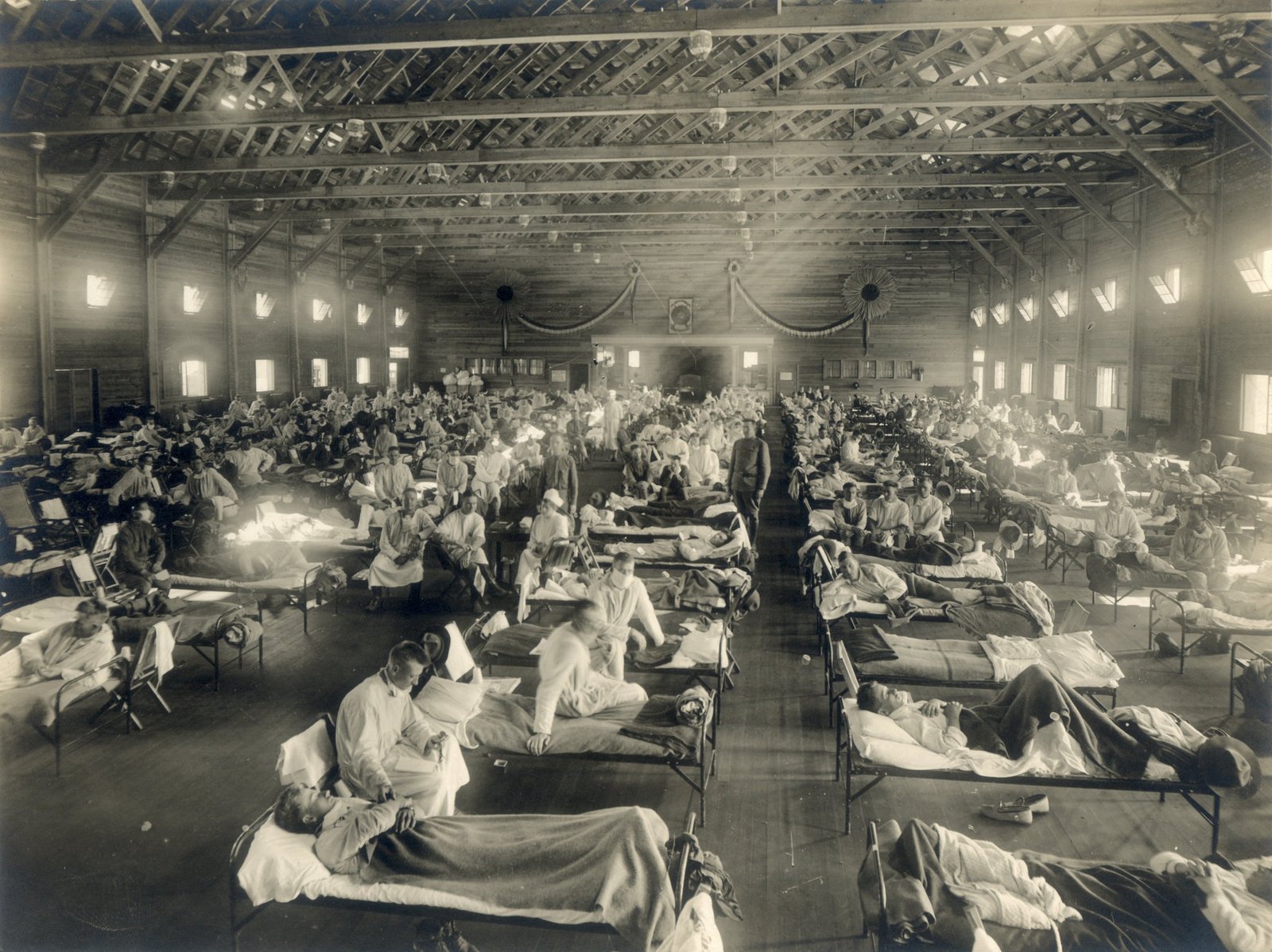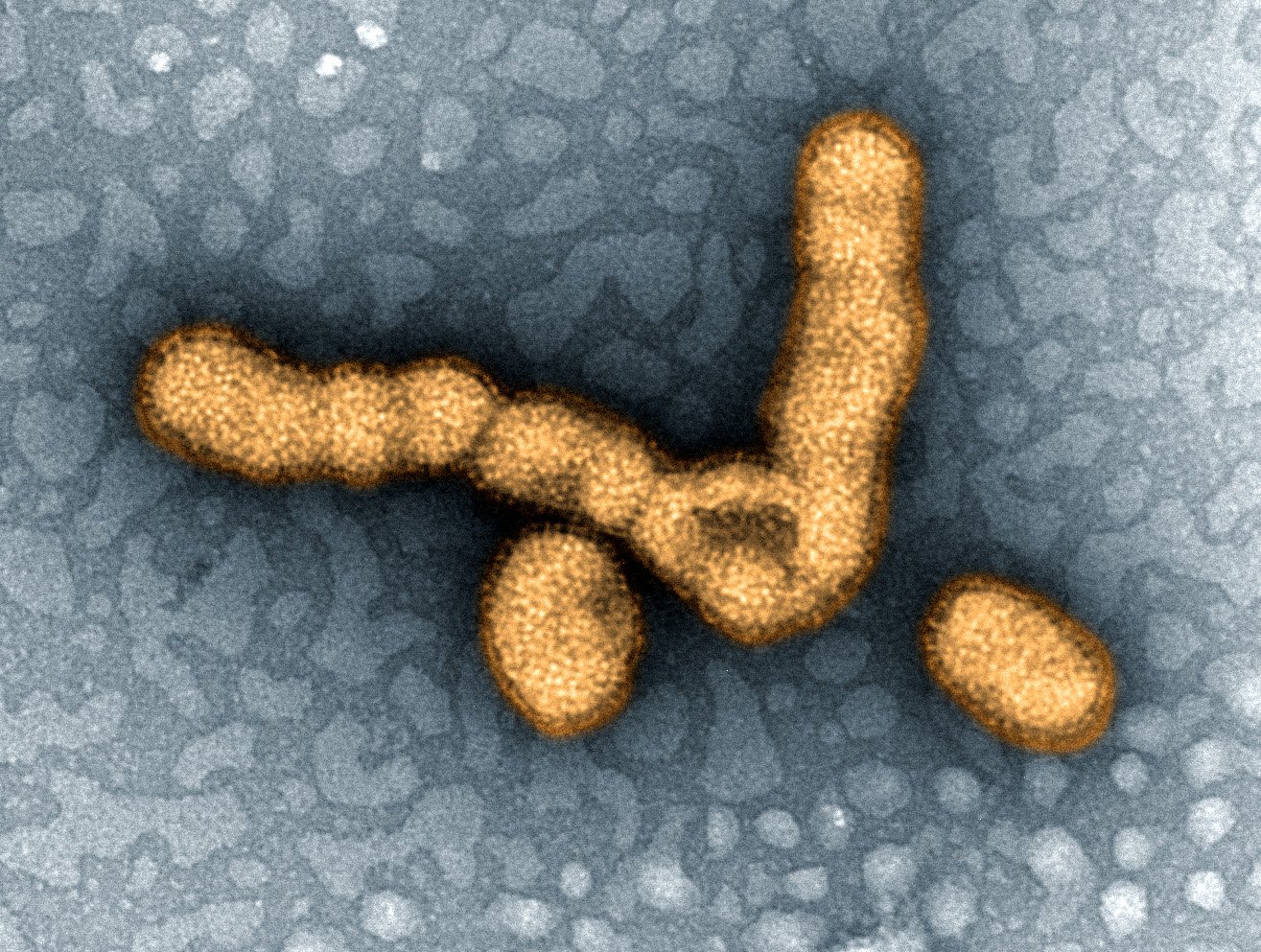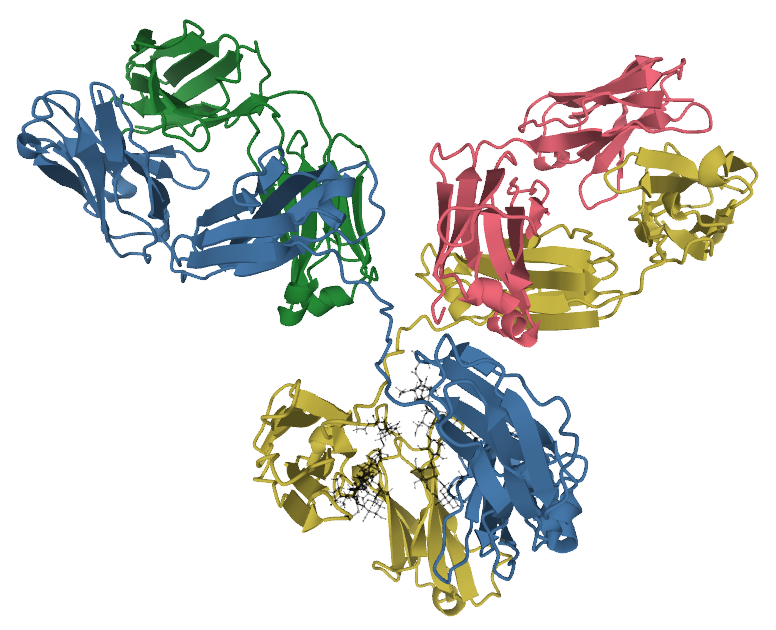In the annals of human history, few events have left as indelible a mark as the 1918 flu pandemic. Often referred to as the “Spanish flu,” this pandemic swept across the globe with a ferocity rarely seen, altering not only the course of human history but also leaving a lasting genetic imprint on humanity. This pandemic was not just a health crisis; it was a pivotal moment that changed the way we understand viruses and their impact on human evolution.
The Global Impact of the 1918 Flu Pandemic

The 1918 flu pandemic erupted in an era still reeling from the devastations of World War I. As soldiers returned home, they inadvertently carried with them a virus that would claim more lives than the war itself. The pandemic infected about one-third of the world’s population, leading to an estimated 50 million deaths worldwide. This widespread devastation was more than a historical health disaster; it was a catalyst for change, prompting advancements in medical science and public health policies that are still felt today.
A Virus Like No Other

What made the 1918 flu particularly lethal was its virulent strain of the H1N1 influenza virus. Unlike typical flu viruses that primarily affect the young and elderly, this strain exhibited a unique pattern, disproportionately affecting healthy young adults. Scientists later discovered that this was due to a phenomenon known as a “cytokine storm,” where the immune system overreacts to the virus, causing severe damage to the body’s own cells and tissues. This understanding paved the way for modern research into the genetic factors that influence immune responses.
The Genetic Legacy of the Pandemic
The survivors of the 1918 flu pandemic were not just lucky; they were carriers of genetic traits that conferred resistance to the virus. Recent studies have suggested that populations most affected by the pandemic carry genetic markers that may have been selected for during this period. These markers are involved in immune responses, providing insights into how human evolution has been shaped by pathogenic pressures. This genetic legacy continues to influence our susceptibility to diseases today, underscoring the interconnectedness of past and present human health.
Lessons from the Past: The Role of Quarantine and Public Health
During the pandemic, cities that implemented strict quarantine measures and public health policies saw significantly lower mortality rates. These lessons learned from the 1918 flu informed future pandemic responses, including the use of quarantine, social distancing, and hygiene practices. The pandemic highlighted the importance of coordinated public health strategies and the need for rapid response systems to mitigate the spread of infectious diseases. Today, these strategies are crucial components of global health security.
Understanding Immunity: The Role of Antibodies

The 1918 flu pandemic also advanced our understanding of immunity, particularly the role of antibodies in fighting infections. Researchers discovered that individuals who survived the flu developed antibodies that provided long-term immunity against the virus. This finding was instrumental in the development of vaccines, which rely on stimulating the production of antibodies to confer protection against diseases. It laid the groundwork for modern immunology and vaccine development, shaping how we approach infectious disease prevention today.
The Emotional Toll: Societal and Psychological Impacts
Beyond the physical devastation, the 1918 flu pandemic had profound societal and psychological impacts. Families were torn apart, economies were disrupted, and communities were left in mourning. The collective trauma experienced during this time led to lasting changes in societal norms and behaviors. It also fostered a greater appreciation for the fragility of life and the importance of community support systems, which remain vital in times of crisis.
Scientific Advancements Born from Tragedy
In the wake of the pandemic, scientific research into viruses and infectious diseases accelerated. The field of virology emerged as scientists sought to understand the mechanisms of viral transmission and mutation. This period of intense research led to significant breakthroughs, including the identification of the influenza virus itself. These advancements have been instrumental in developing treatments and preventive measures for future outbreaks, demonstrating the power of science to transform tragedy into progress.
The Role of Technology in Modern Epidemiology
The technological limitations of the early 20th century posed significant challenges in managing the 1918 flu pandemic. However, these challenges spurred technological innovations in epidemiology, including the use of statistical analysis and data collection to track disease spread. Today, technology plays a critical role in pandemic preparedness and response, with sophisticated modeling tools, real-time data tracking, and genetic sequencing providing invaluable insights into disease dynamics.
The Continuing Battle Against Influenza
Despite the passage of over a century, influenza remains a formidable adversary. The 1918 flu pandemic serves as a stark reminder of the ever-present threat of infectious diseases and the need for ongoing vigilance. Seasonal flu vaccines, antiviral medications, and public health campaigns are vital tools in our arsenal against influenza. The lessons learned from the past continue to guide our efforts to protect public health and prevent future pandemics, highlighting the enduring relevance of this historic event.
The Human Spirit: Resilience and Adaptation
The story of the 1918 flu pandemic is ultimately one of resilience and adaptation. It is a testament to the human spirit’s ability to overcome adversity and learn from the past. While the pandemic left a lasting genetic mark on humanity, it also spurred advancements that have improved our understanding of infectious diseases and our ability to respond to them. As we face new challenges in the 21st century, the legacy of the 1918 flu pandemic serves as a powerful reminder of our capacity for innovation, collaboration, and survival.



